Design’s job is to provide practical answers to real needs by delivering products that also create an emotional impact or bond. Sounds all very straightforward. But it’s not. Far from it.
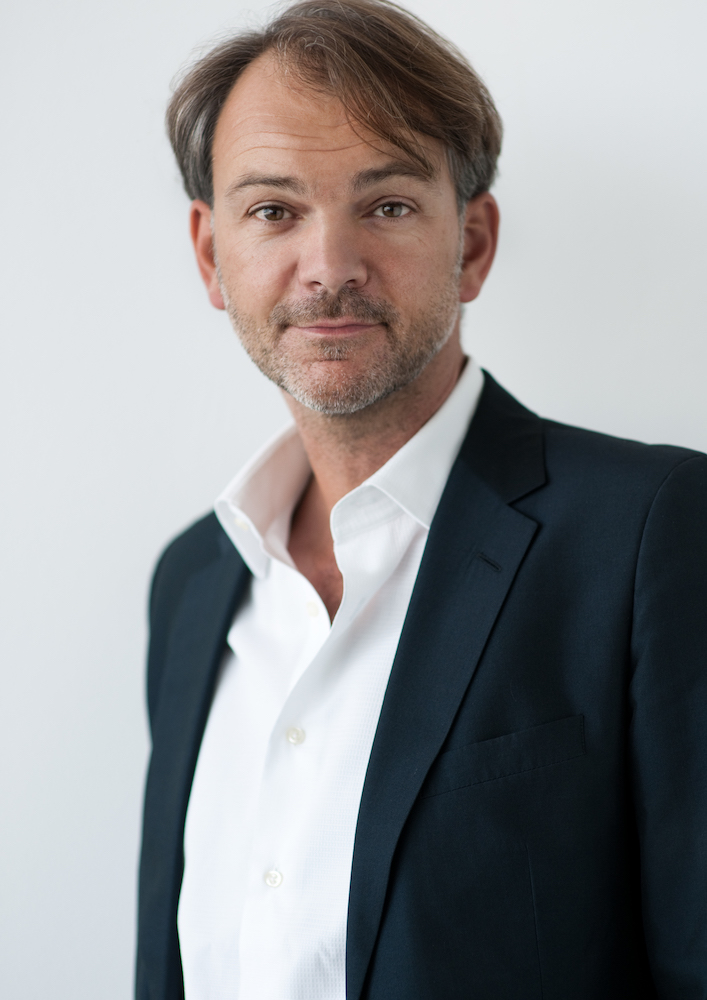
Things get complicated very quickly when safety and pollution-related constraints enter the equation, raising the bar to dizzying new heights.
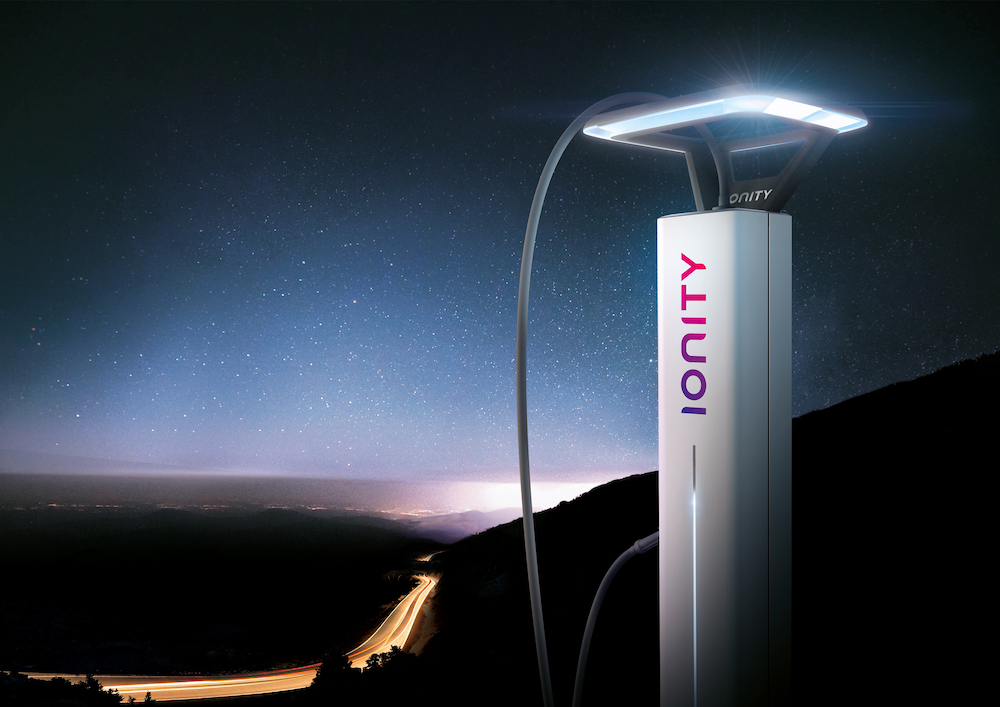
This has resulted in the car world becoming a hugely significant reference point because it is consistently called to meld purely aesthetic needs with extraordinarily advanced technologies.
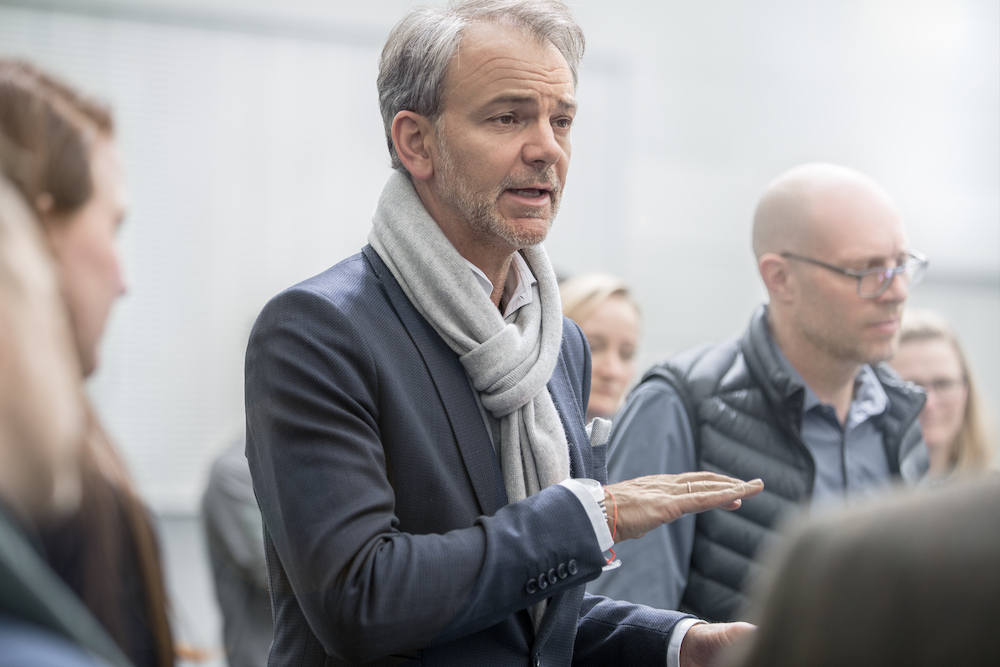
On closer analysis, car design, yacht design and all other areas of design, in fact, are all on the same path and heading in the same direction.
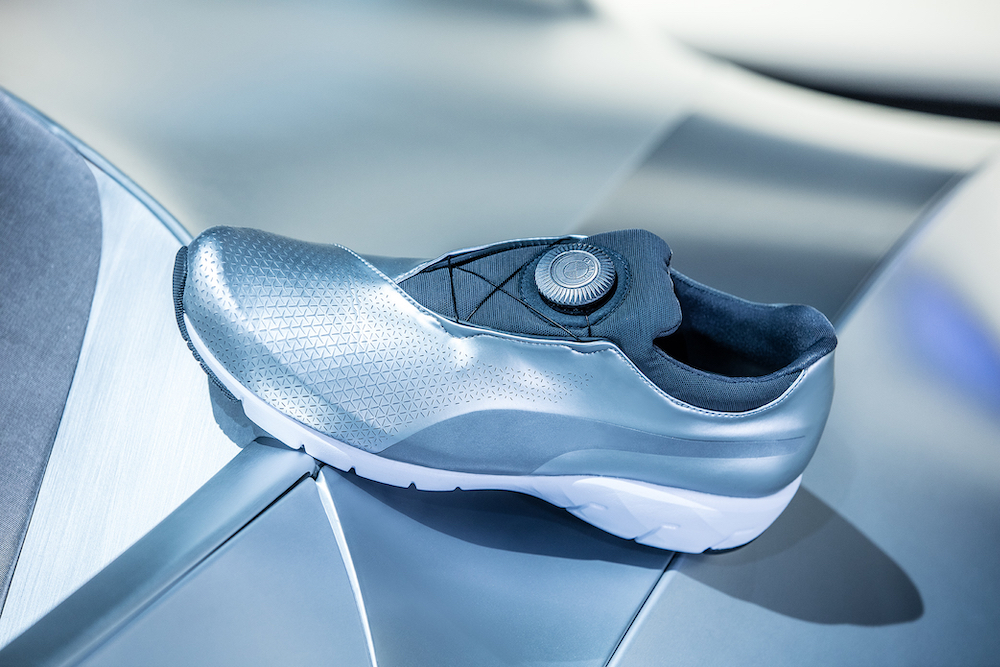
“Architecture, industrial design and the automotive world interact with the same interlocutor: cross-contamination between sectors is one of the fundamental requisites and is extraordinarily important to the creative process,”agrees Adrian van Hooydonk.
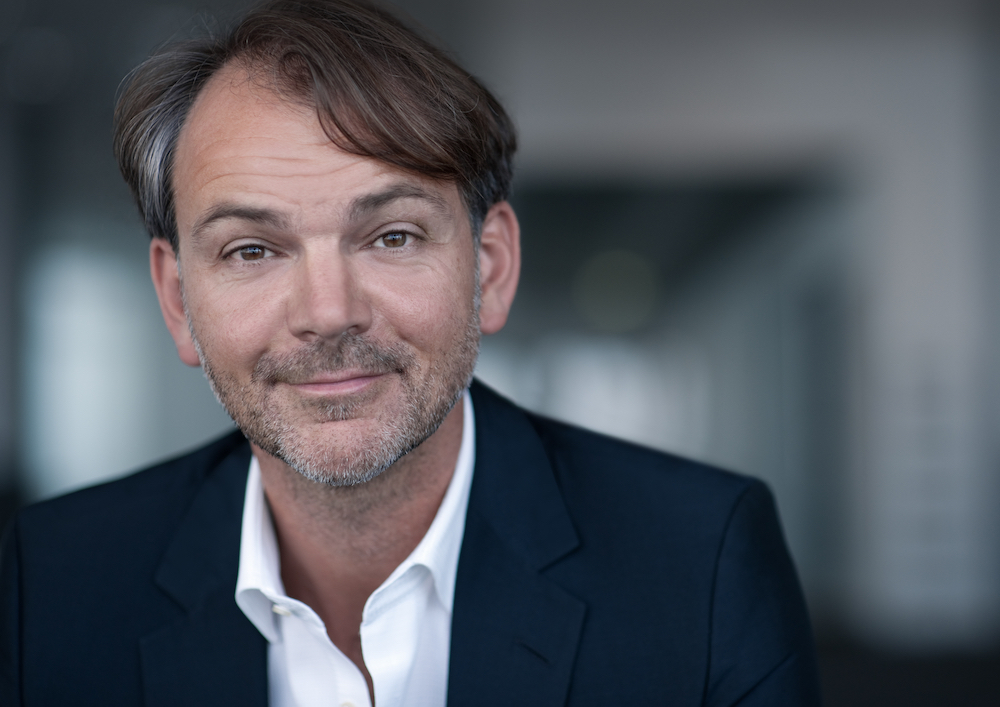
A concept that is gaining growing traction because the huge changes sweeping the car sector. BMW is tackling the issue head-on with a whole slew of projects on the drawing board.
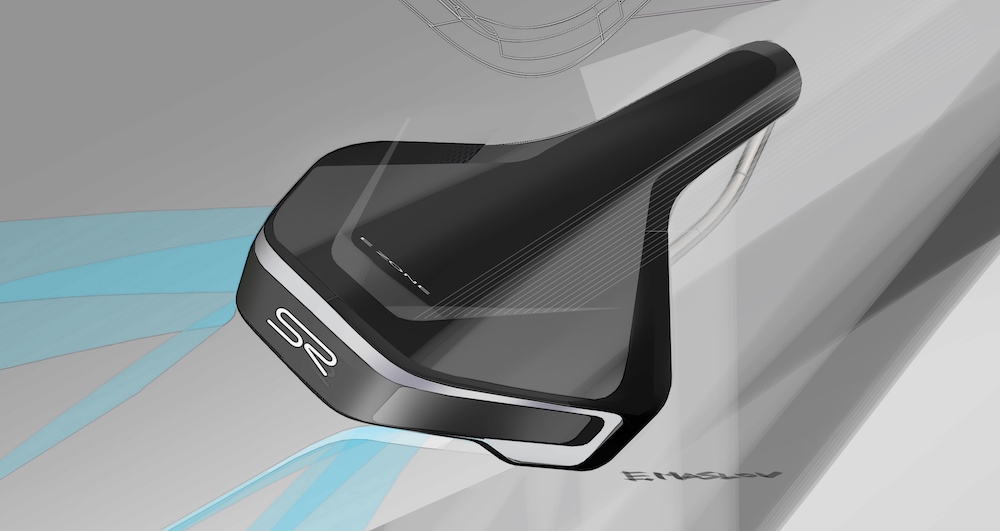
“A very important transformation process is underway which, in the not-too-distant future, will completely rewrite the rules of road mobility,” says van Hooydonk. “That is a scenario that will see designers taking on an increasingly significant role and which will clearly influence how the interior spaces of cars are designed, for instance”.
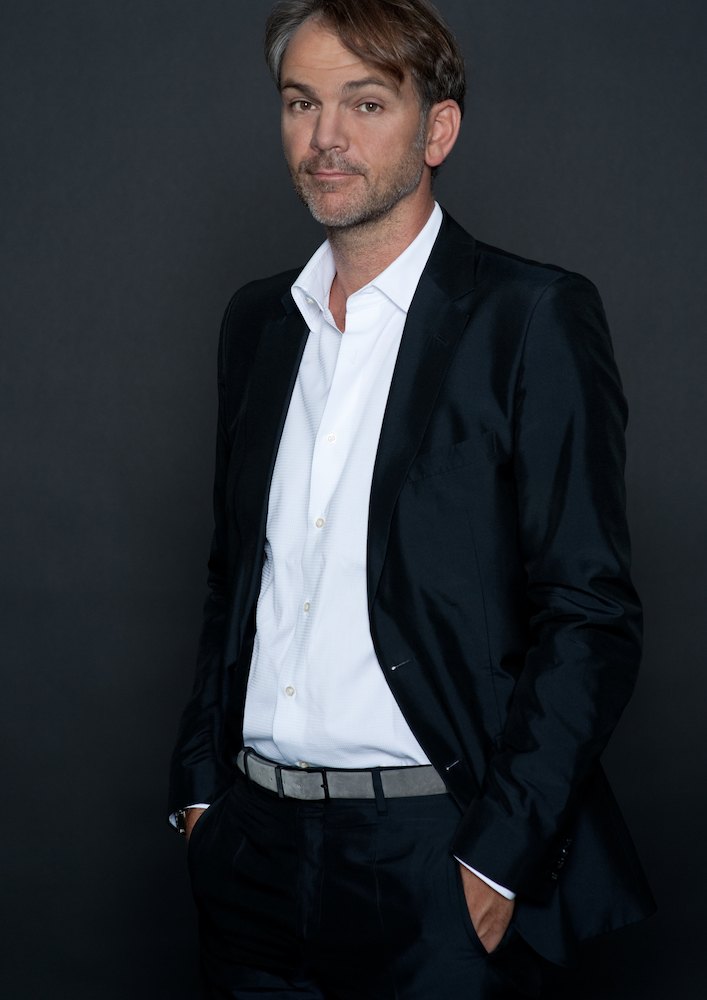
Technology will play a pivotal role too. “We are moving increasing towards zero emissions mobility. But confining the concept of sustainability just to cars is too simplistic by far.
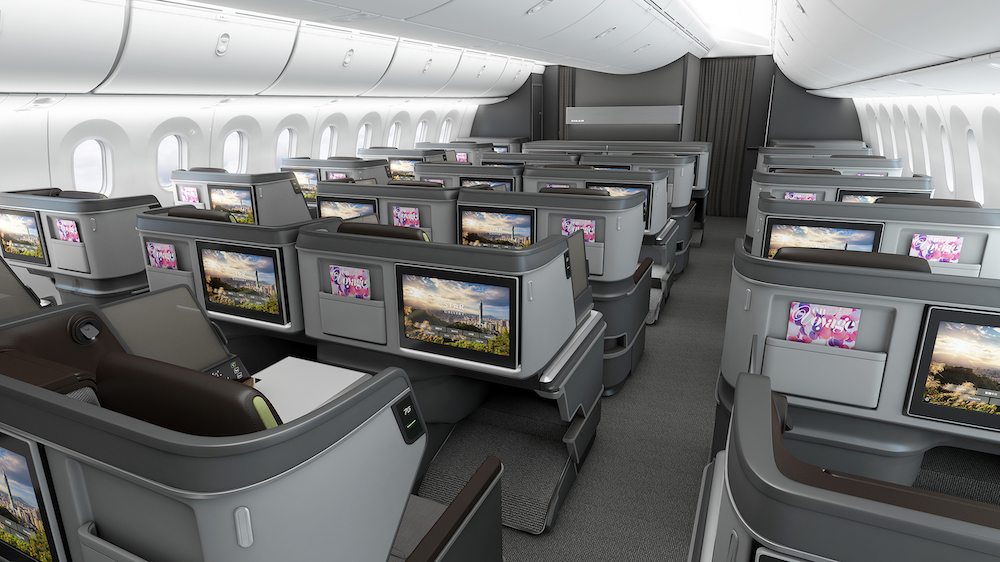
The whole thing will hang mostly on other issues: production cycles, energy used in construction processes, materials and their recyclability. All this is an extraordinary opportunity for designers,” continues van Hooydonk.
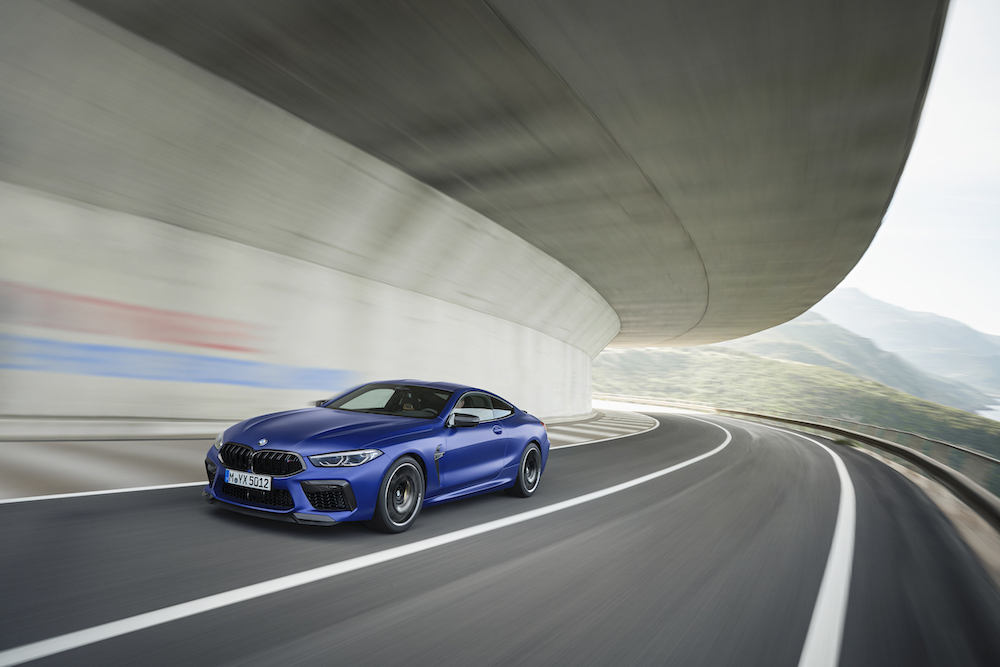
Limits, constraints and standards might seem like insurmountable obstacles at first glance, a real hindrance to creativity. But they are actually quite the opposite.

“They provide extraordinary stimulus in focusing research work and finding concrete answers to real needs. A successful design also needs to be aerodynamically efficient which means lower fuel consumption, particularly where cars are concerned.
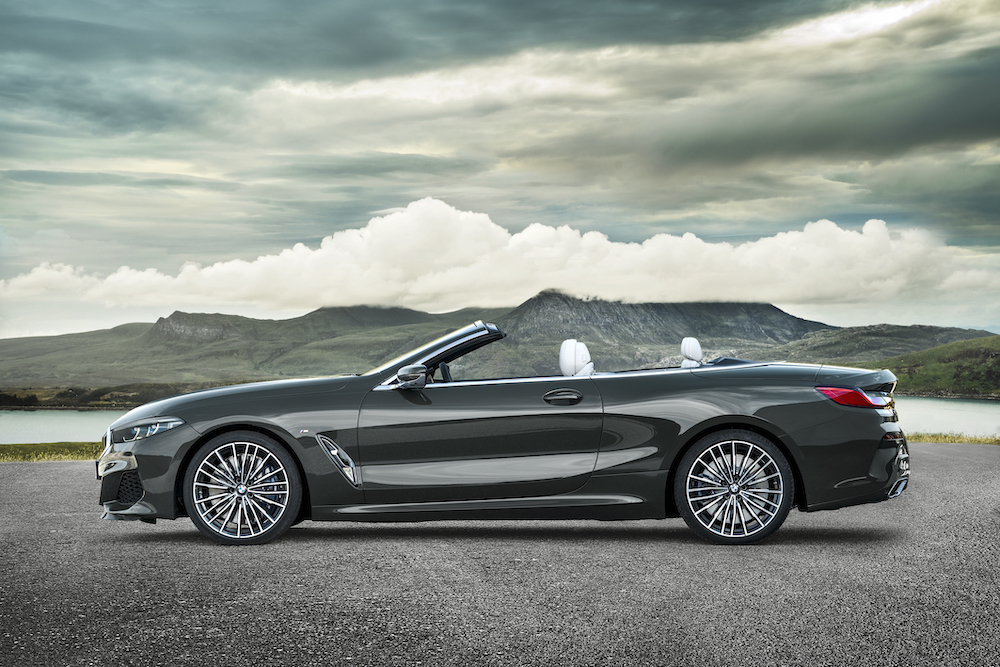
Efficiency will become one of the key words and not just in the automotive arena,” adds van Hooydonk. The future scenario looks fascinating indeed particularly in the light of the rapid acceleration in electrification.
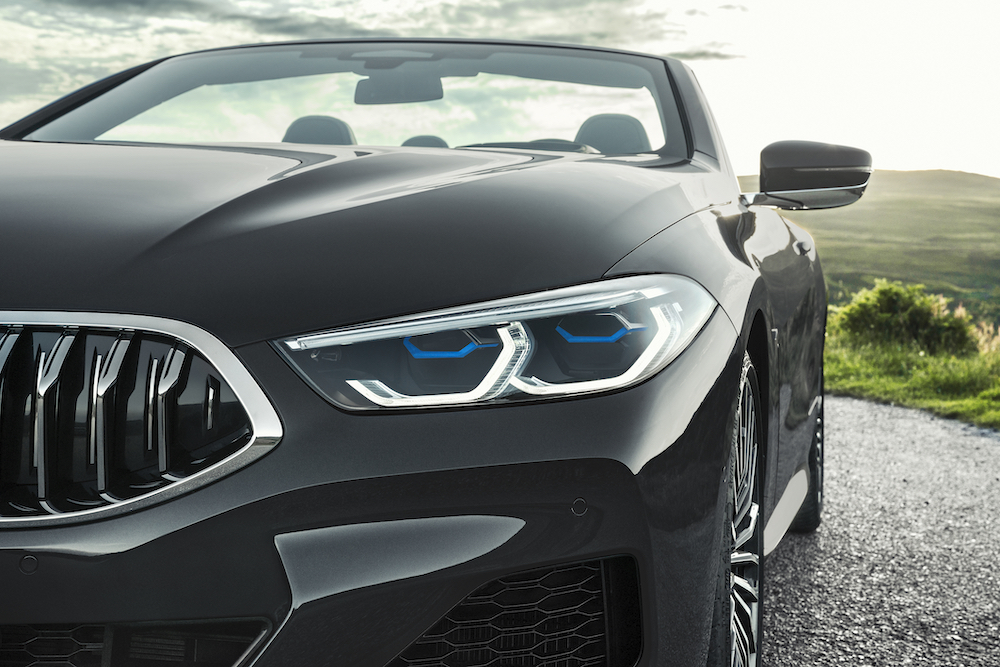
“BMW was one of the first car manufacturers to go down that route and we have been working on that front for over a decade now,” says van Hooydonk. In fact, the German marque’s experience with the i3 and the i8 allowed it to develop its Vision iNext which goes well beyond a mere idea of the mobility of the future.
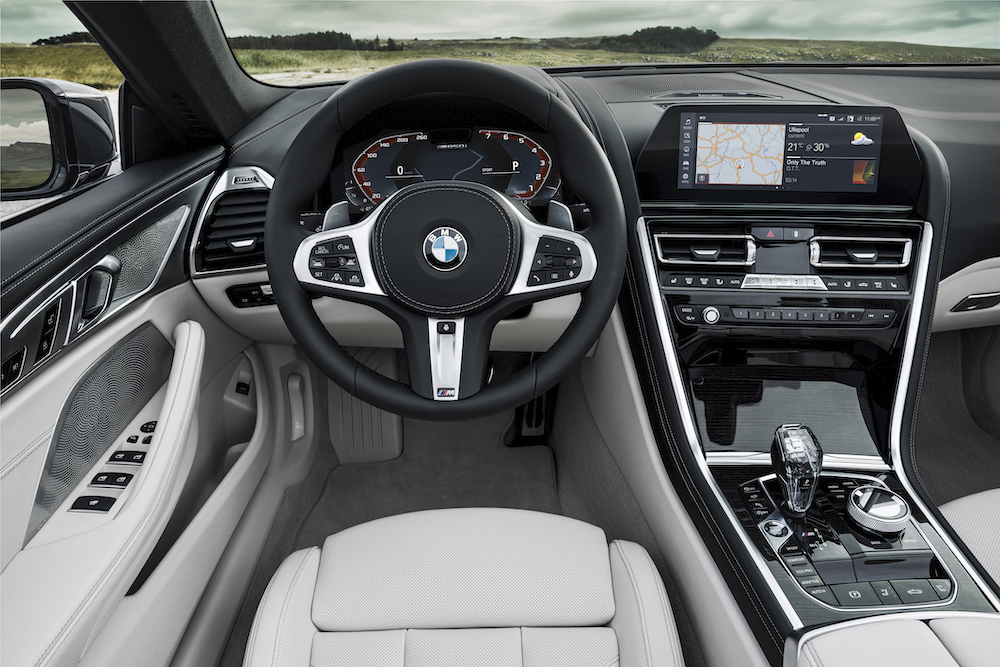
“I am convinced that driving pleasure will remain a vital ingredient because it is what our customers want. But I also believe that after several hours at the wheel, drivers might want to hand over the job of driving to the car itself. A principle that forced us to completely rethink the interior of the car,” concludes van Hooydonk. Hence when not required both the steering wheel and the pedals disappear from view.
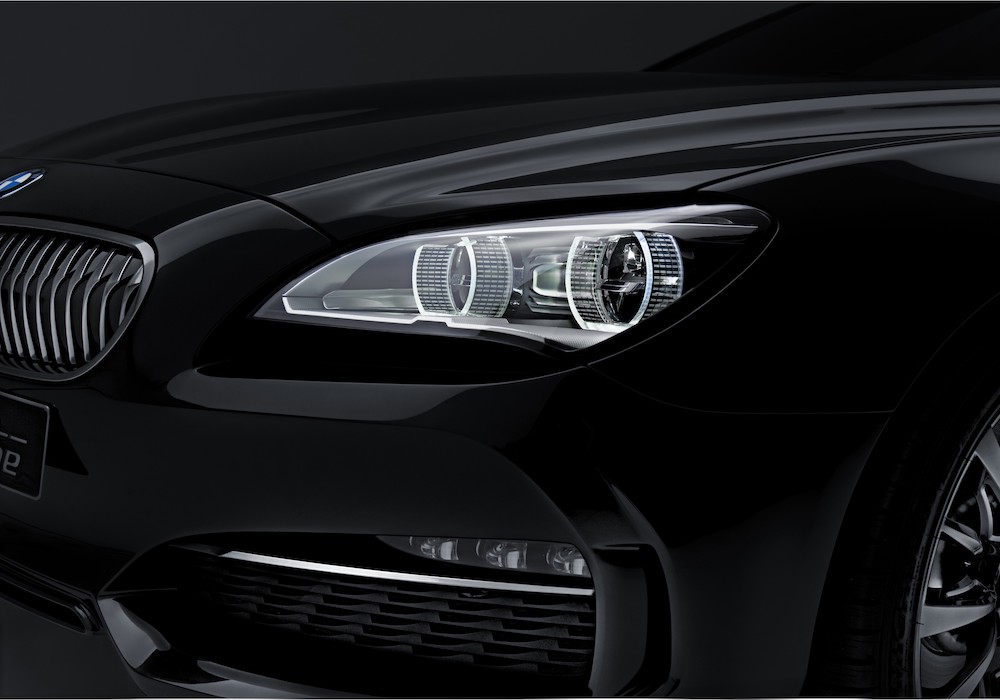
The former is integrated into the dash while the pedals slide beneath the floor. This might seem like gimmickry but in reality it is what BMW refers to as Shy Tech. “In an increasingly connected world, technology is playing a central role. That is a subject that become increasingly significant but not in the way we have conceived it thus far.
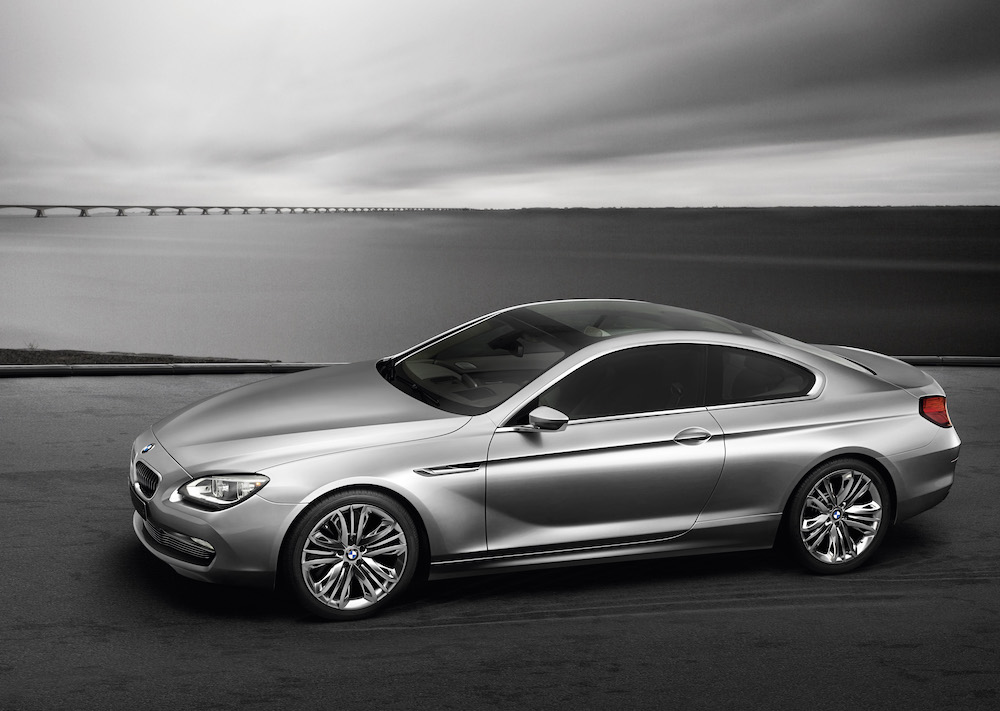
For instance, on the Vision iNext we imagined what might look like a wooden surface between the two front seats. But in reality it can turn into a touchpad. The rear seats are upholstered in a luxury fabric made by a historic company in Belgium. There are sensors in the cabin too that can be used to control the various in-car functions,” adds van Hooydonk.

Autonomous cars and AI are very much way of the future, revealing a scenario bursting with new ideas and technologies. Enthralling on the one hand but also vaguely disturbing. “There is no doubt that cars will evolve still further,” reflects van Hooydonk. “But they will still be cars. Designers, however, will play an important part in breaking down resistance by placing more and more technology at the service of the consumer”.
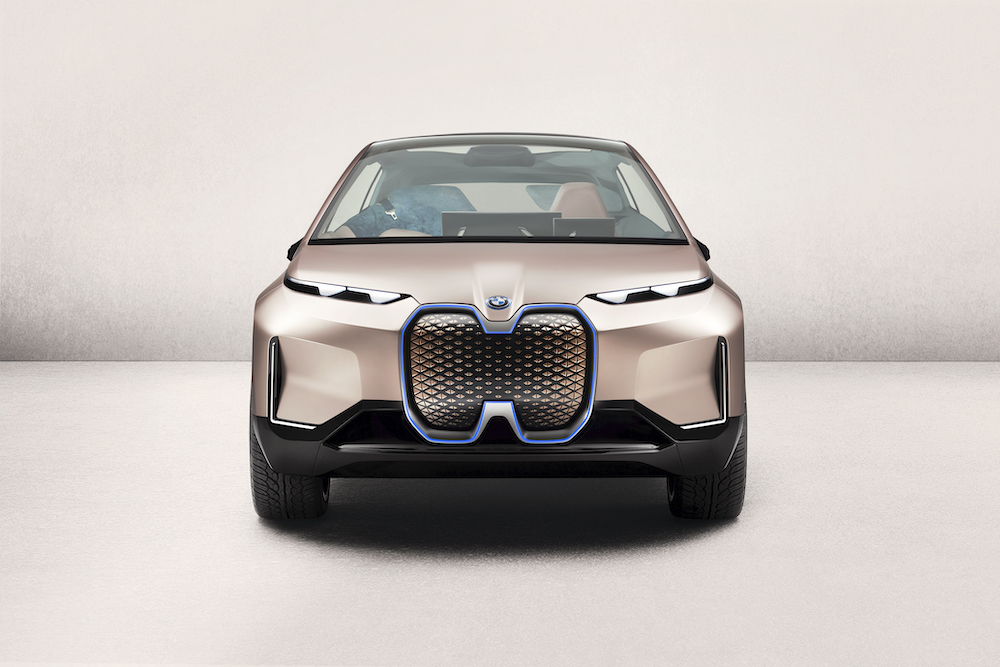
The car world is thus an extraordinary R&D lab and platform for testing out new solutions and materials. The perfect meeting point between form and function.
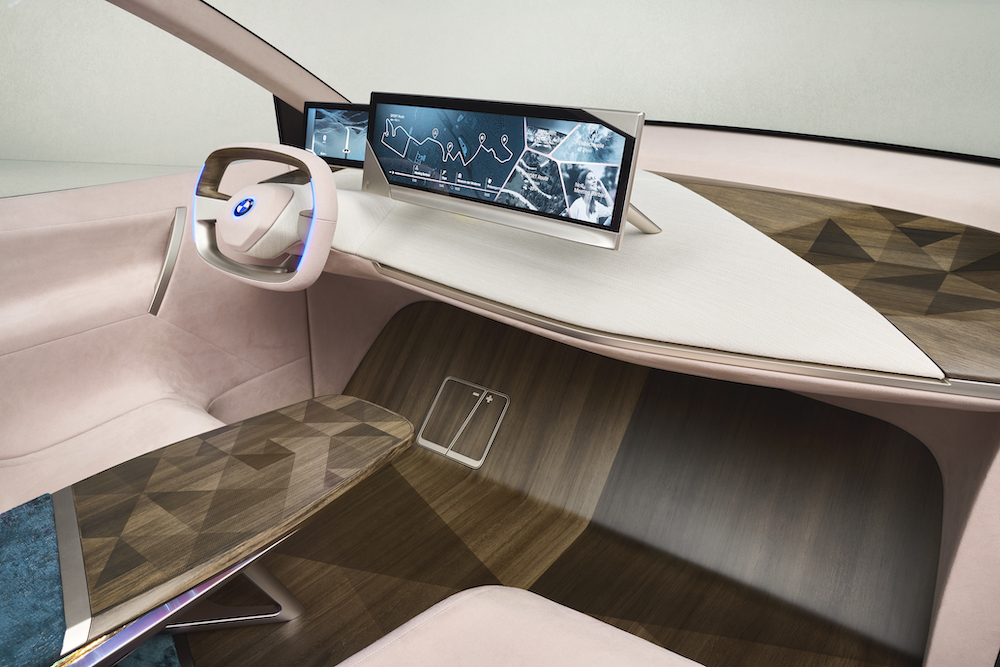
Strangely enough, van Hooydonk started out as an industrial designer. “After my studies in Holland, I had the opportunity to get some very valuable experience at the Studio Bonetto in Milan.
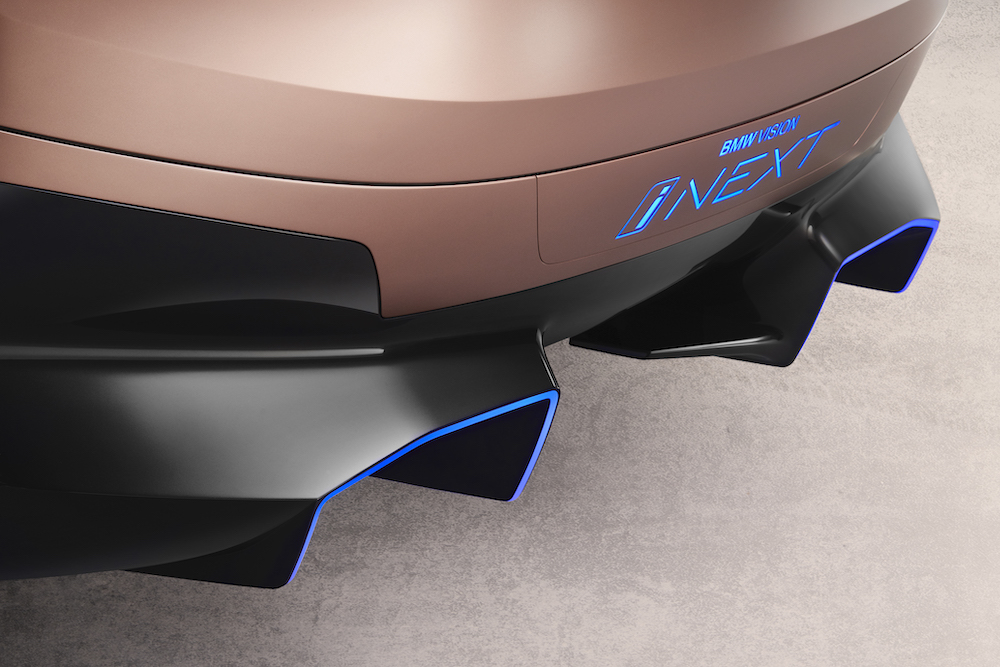
I still have fantastic memories of that time,” he smiles. It was an important step in his formation as a designer and brought him into contact with the car design world for the first time. “I have always had a strong passion for the car world,” continues van Hooydon.
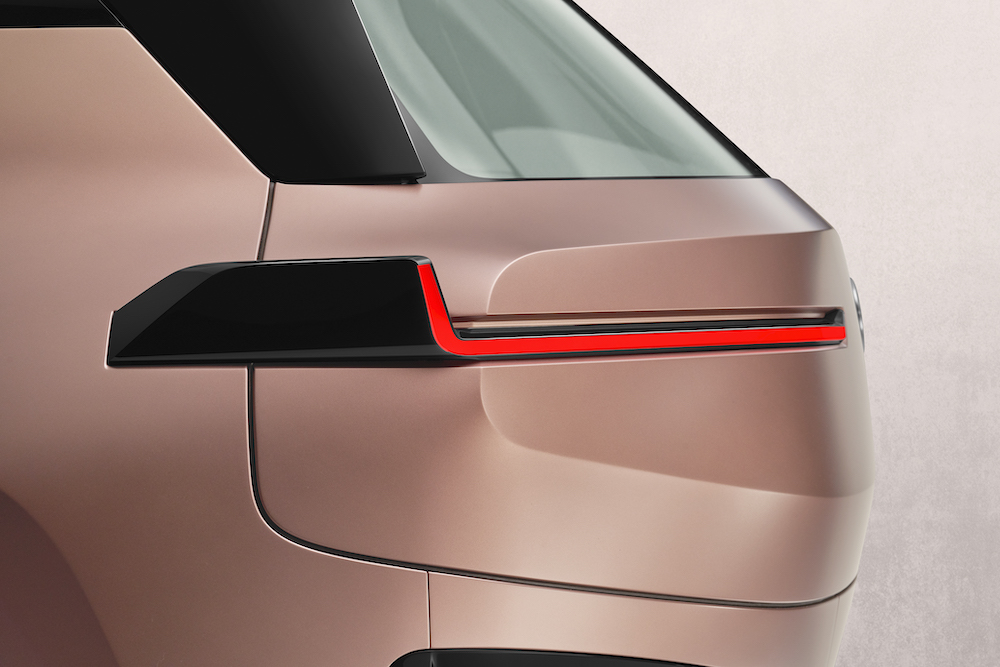
“I find it really fascinating to design something that then takes on a life of its own”. Today, the designer heads a team of 700 spread between offices in Munich, Los Angeles, Shanghai and Goodwood in England.





